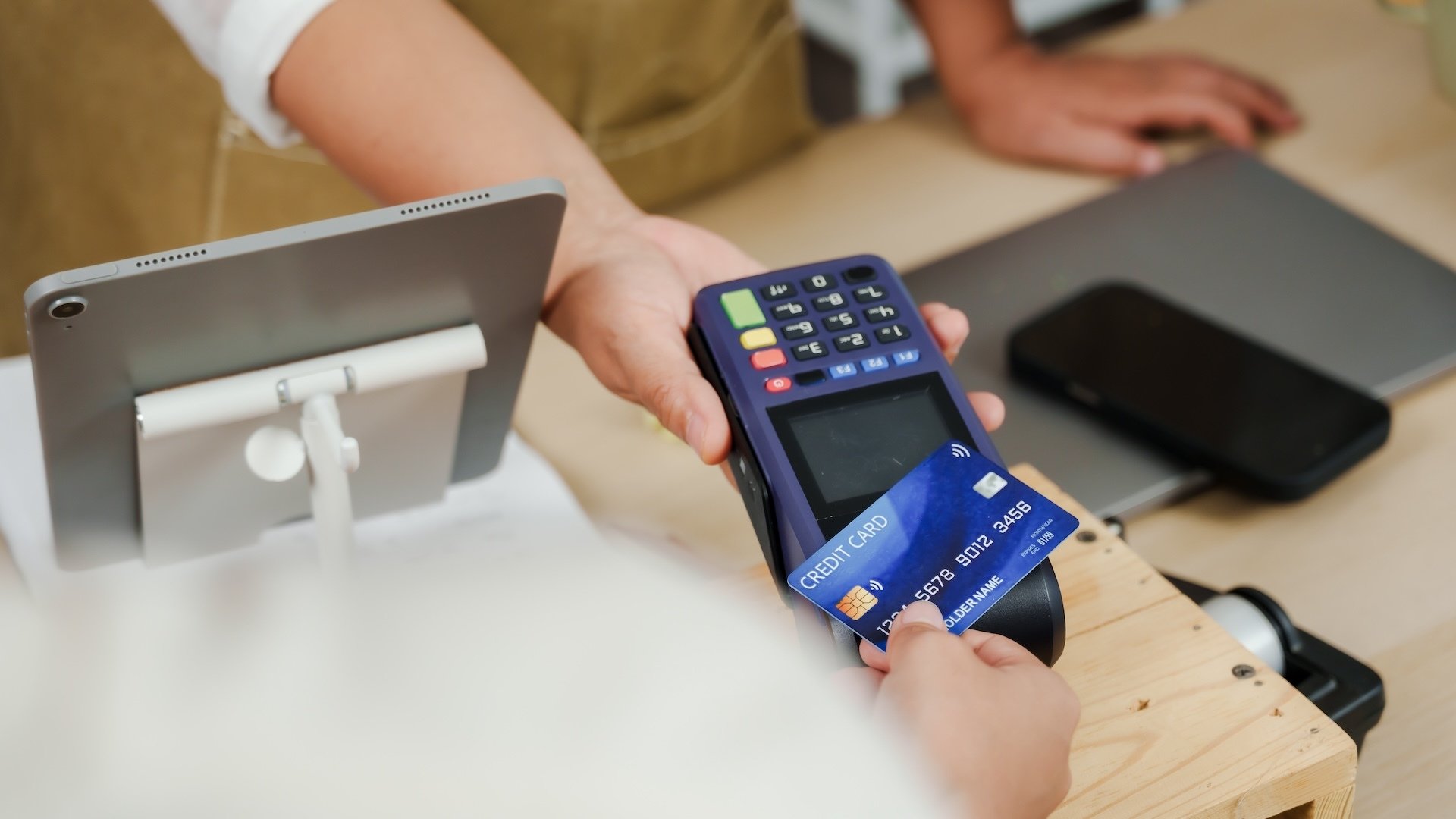Contactless payment, also known as tap-to-pay, has become a fast, easy, and relatively common way to complete a transaction using your smartphone or credit card. It relies on Near Field Communication (NFC) to transmit data between your device and a payment terminal when the two are in close proximity, up to an inch or two away.
While NFC technology does provide some additional security—transmitting a virtual account number instead of your actual card details, for example—scammers have found a way to capitalize on tap-to-pay to steal money from unsuspecting targets. These “ghost tapping” schemes may exploit both cards and mobile wallets.
How tap-to-pay scams work
According to the Better Business Bureau, ghost tapping takes advantage of a potential victim’s proximity and lack of attention to detail. They suggest it is possible for a scammer to bump into you in a crowded public space, getting close enough to trigger a contactless transaction without your knowledge. (It’s not clear how common a close brush with a tap-to-pay machine actually is.)
But other versions of ghost tapping rely on you to actively engage while missing the warning signs of fraud.
For example, scammers might appear to be selling goods or collecting small donations for charity using tap-to-pay, but they are actually charging your card for a much larger amount to a fraudulent business. They count on you not to look closely at the transaction details before tapping, or they rush you through the process and fail to offer a receipt.
In one instance reported to the BBB’s Scam Tracker, individuals were targeted by a door-to-door salesman who claimed to be selling chocolate for a charitable cause. The transactions were for hundreds of dollars, which the victims didn’t see before tapping.
How to avoid contactless payment scams
As with any scam, vigilance is key. Tap-to-pay is easy enough to feel automatic, and you may be less likely to pause and check the details than you would when swiping or entering your credit card. Always slow down and confirm the merchant name and transaction and tip amount before pulling out your phone or card (again, close proximity is enough to trigger tap-to-pay). Beware of any vendor who tries to rush you, hide the screen, or avoid giving you a receipt.
You may also want to set up transaction alerts with your bank or credit card company so you can catch any suspicious charges immediately. If you get a notification about a “test” charge, that is also a scam red flag.
Finally, while scammers probably aren’t going around secretly scanning tap-to-pay en masse, you could protect your cards using a radio frequency identification (RFID)-blocking wallet or sleeve. You can disable NFC on your Android in Settings (type “NFC” into the search bar). On iPhone, you have to turn on Airplane Mode to block NFC.
